Sir William Moyle’s Almshouses ~ St. Germans, Cornwall.
Client : St. German’s Almshouse Charities.

Sir William Moyle was from one of the most prominent families in Cornwall and built the almshouse’s in the historic village of St. Germans around 1583 to house the poor. Known locally as ‘The Galleries’, they were originally built as twelve single room dwellings, six on each floor, the upper floor opens onto a gallery, forming a covered arcade underneath known as a ‘Loggia‘ with a set of stairs at either end. In 1967 they were converted into four dwellings by The National Association Of Almshouses.
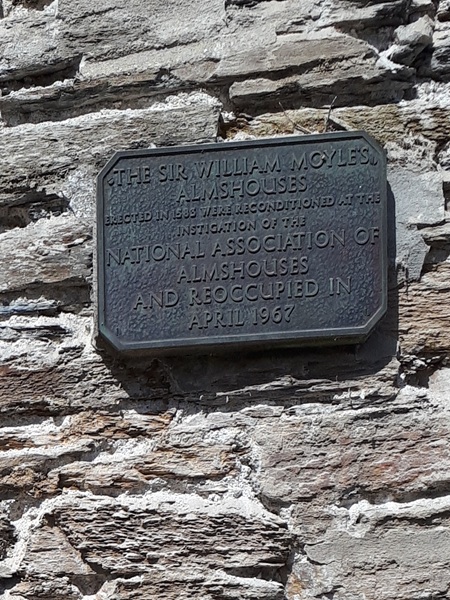
The building is Grade II listed.
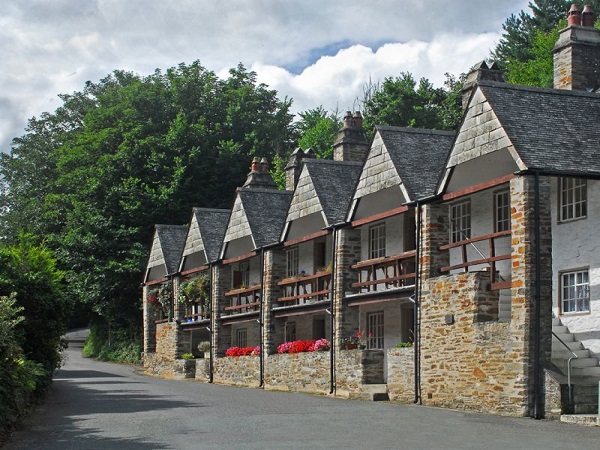
Predominately built out of local slate, we were asked to carry out some repairs and re-pointing to the almhouses. One issue that had to be addressed was the wall that ran along the front of the building at road level. The top of this wall had been constructed as a planter with an earth infill. Over time with all the plants taking root and water ingress through the top, the wall was showing signs of bulging with the possibility that areas of the stonework could collapse into the road. Being on a public highway, safety barriers were put in place.
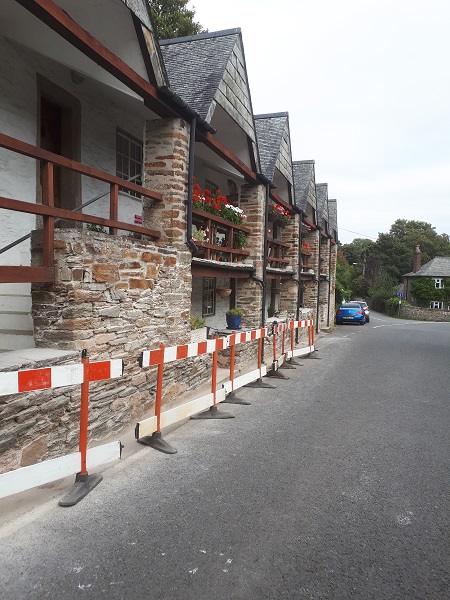
Once listed planning consent had been approved, the earth was removed from within the planters and the bulging areas of stonework were taken down and prepared and the original stone set aside for re-use.

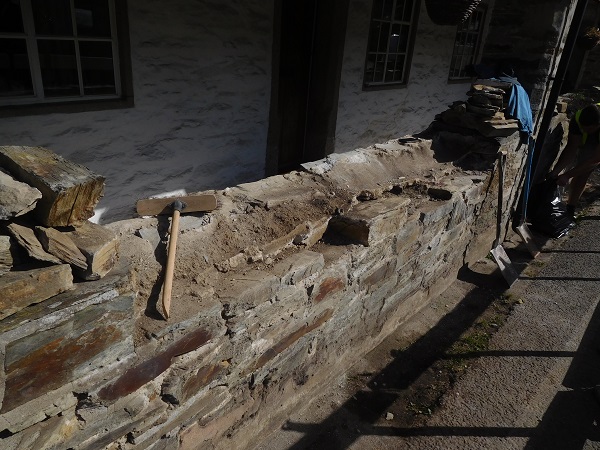
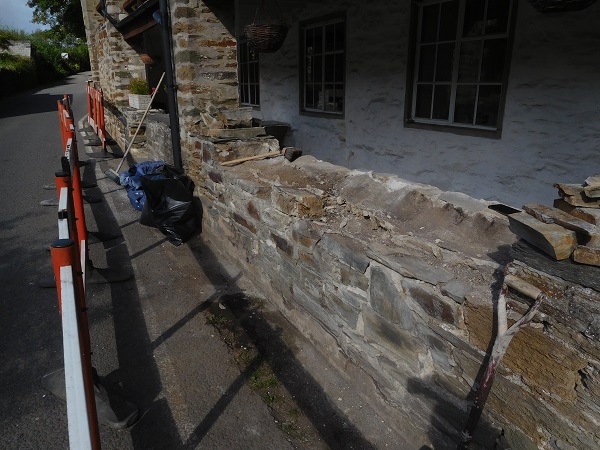
We then re-built the stonework back in solid using the existing stone and lime mortar.
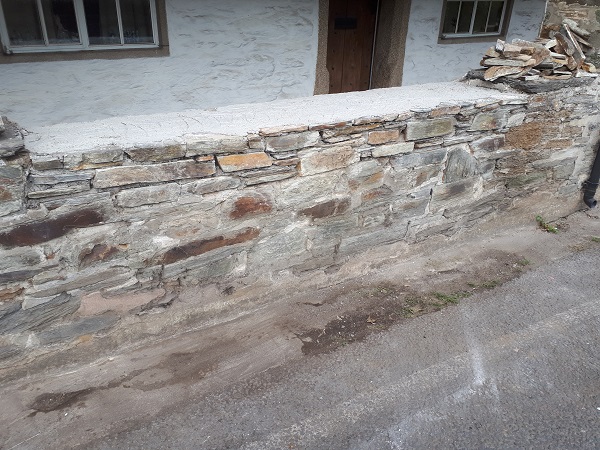

Once all the stonework had been completed, reclaimed Delabole slate was sourced for the copings and we then set about putting these into place.
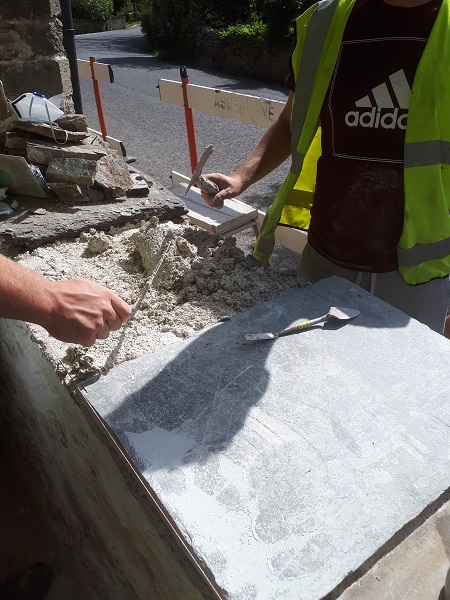
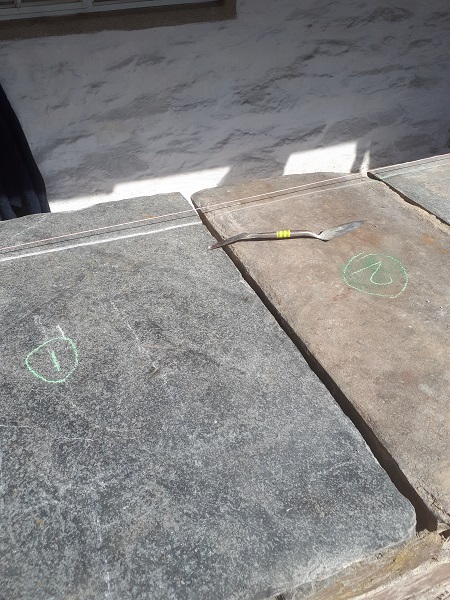
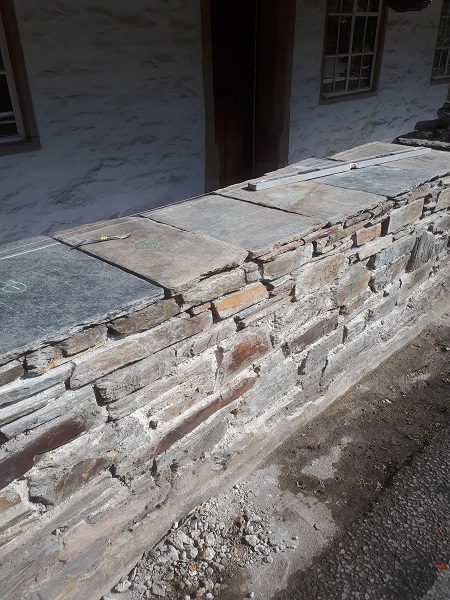
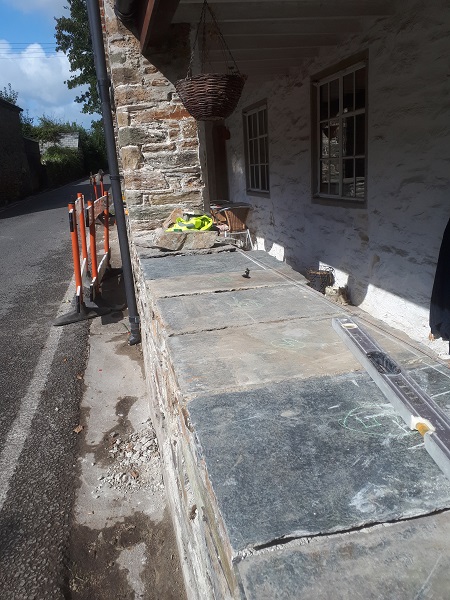

Much of the stonework on the building had been, in the past, re-pointed using a sand and cement mortar. All this was cut out and prepared.

Everything was then re-pointed, along with the copings using a historic lime mortar.

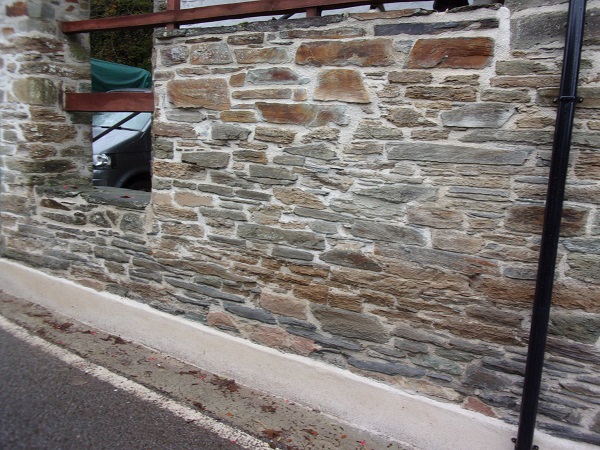

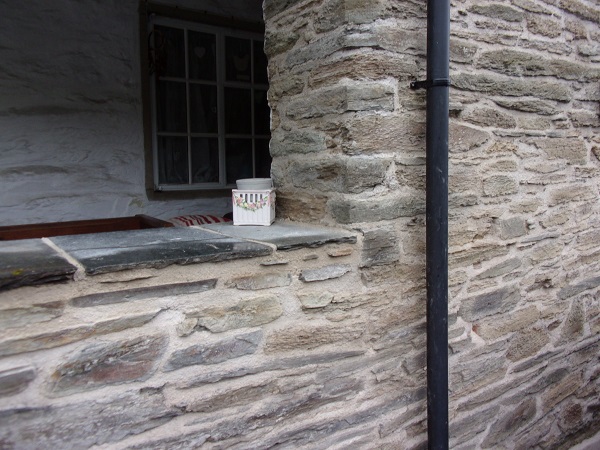
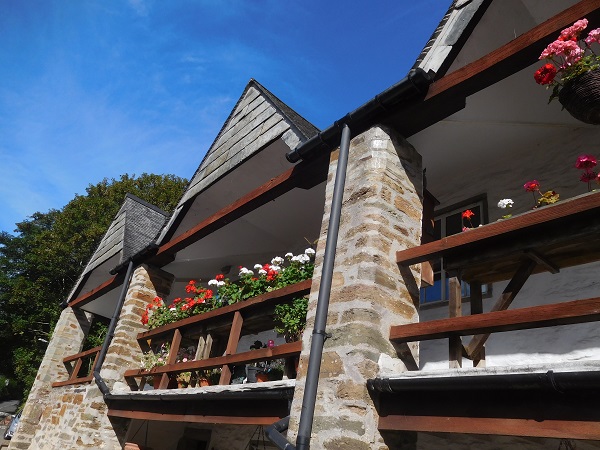

Almshouses were established from the 10th century in England, providing a place of residence for the poor, the old, and the distressed. They were sometimes called bede-houses, and the residents were bedesmen or bedeswomen. Bede is the Anglo-Saxon word for prayer, and the almsmen and women were obliged to pray for the founder of the charity. The first recorded almshouse was founded in York by King Athelstan, the oldest still in existence is the Hospital of St. Cross in Winchester, which dates to about 1132. During the Middle Ages, the majority of European hospitals functioned as almshouses. Many of the medieval almshouses in England were established with the aim of benefiting the soul of the founder or their family, and would usually incorporate a chapel. As a result of this, most were regarded as chantries and were dissolved during the Reformation under the Abolition of Chantries Acts of 1545 and 1547.


